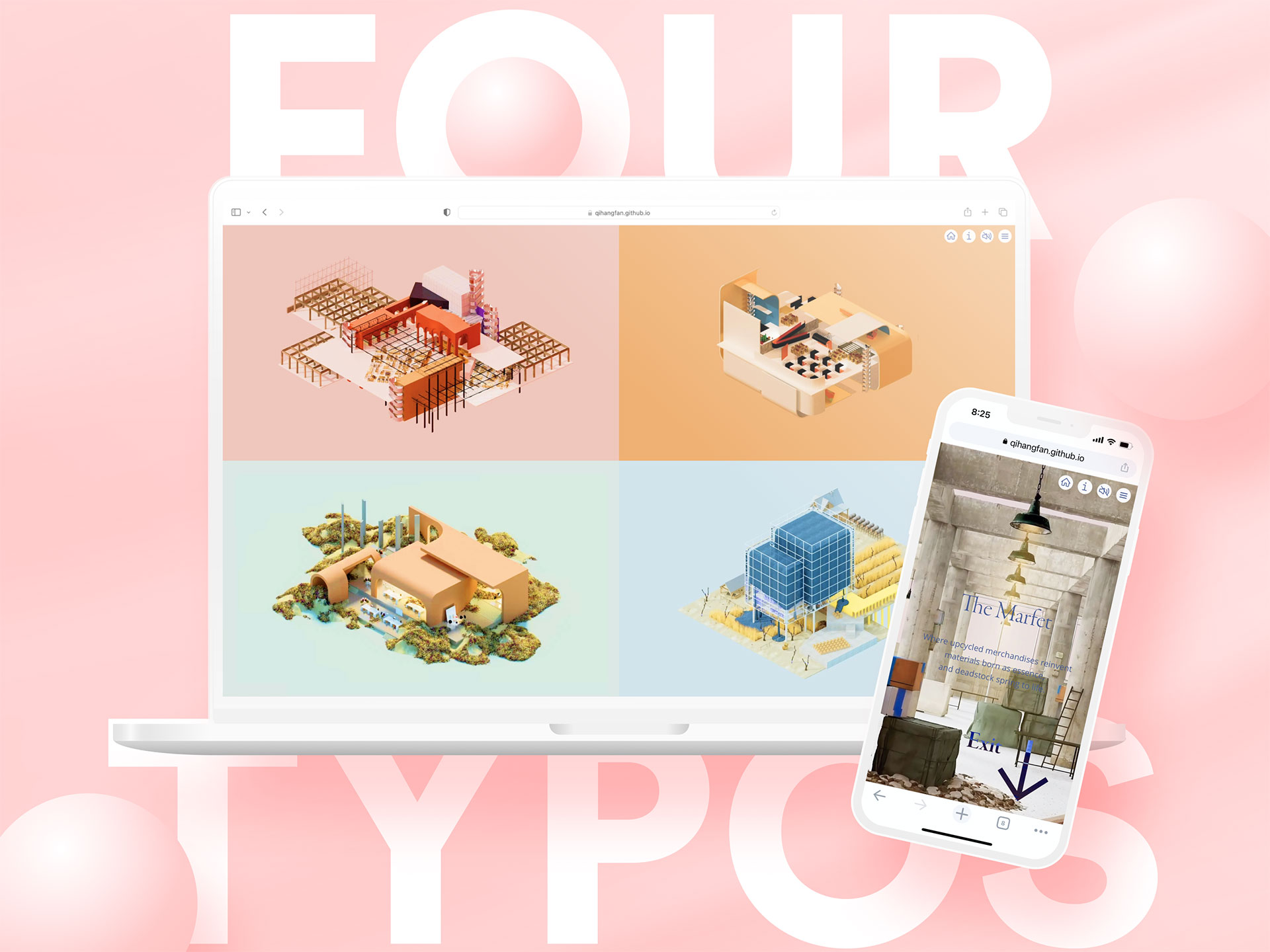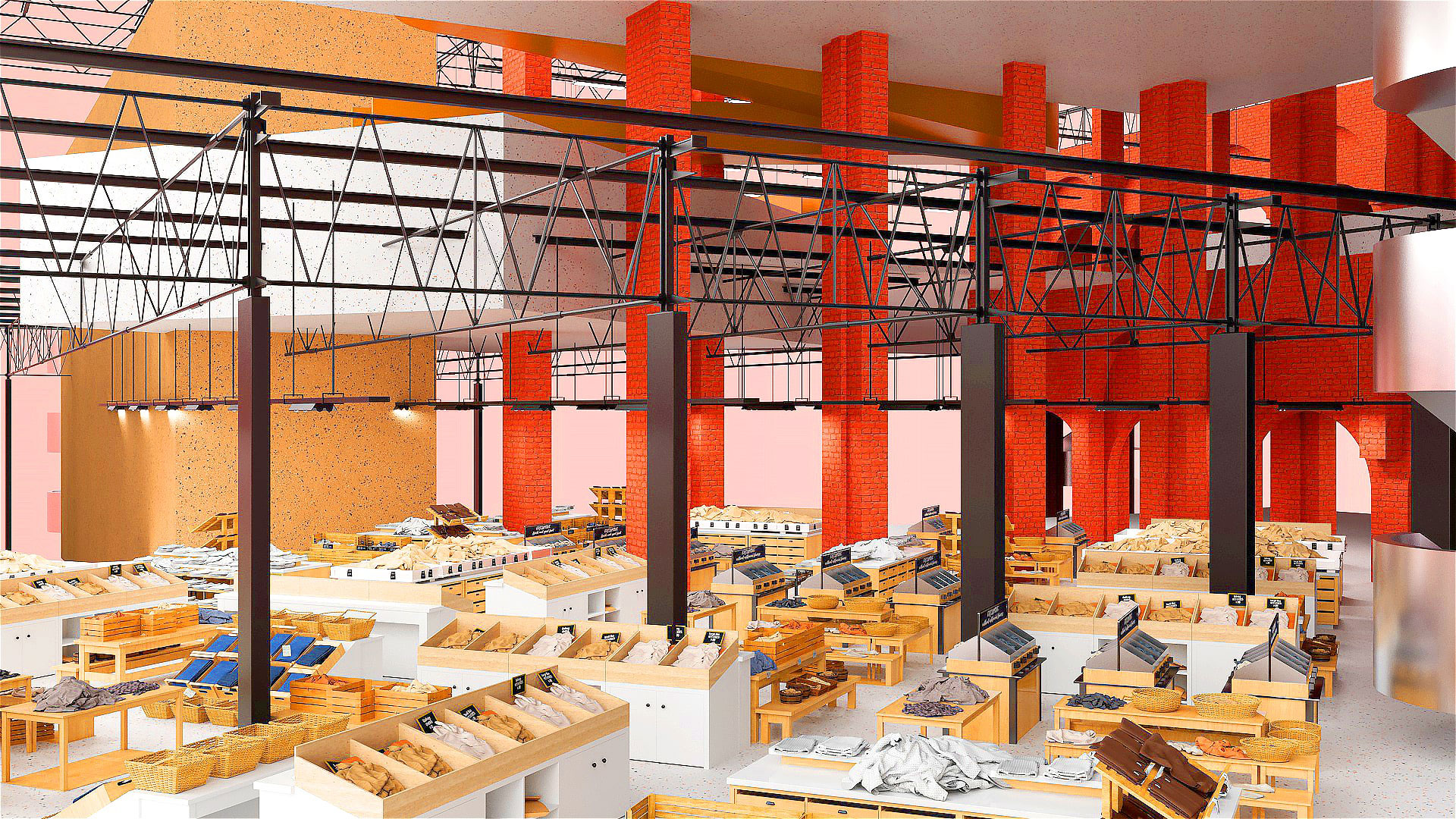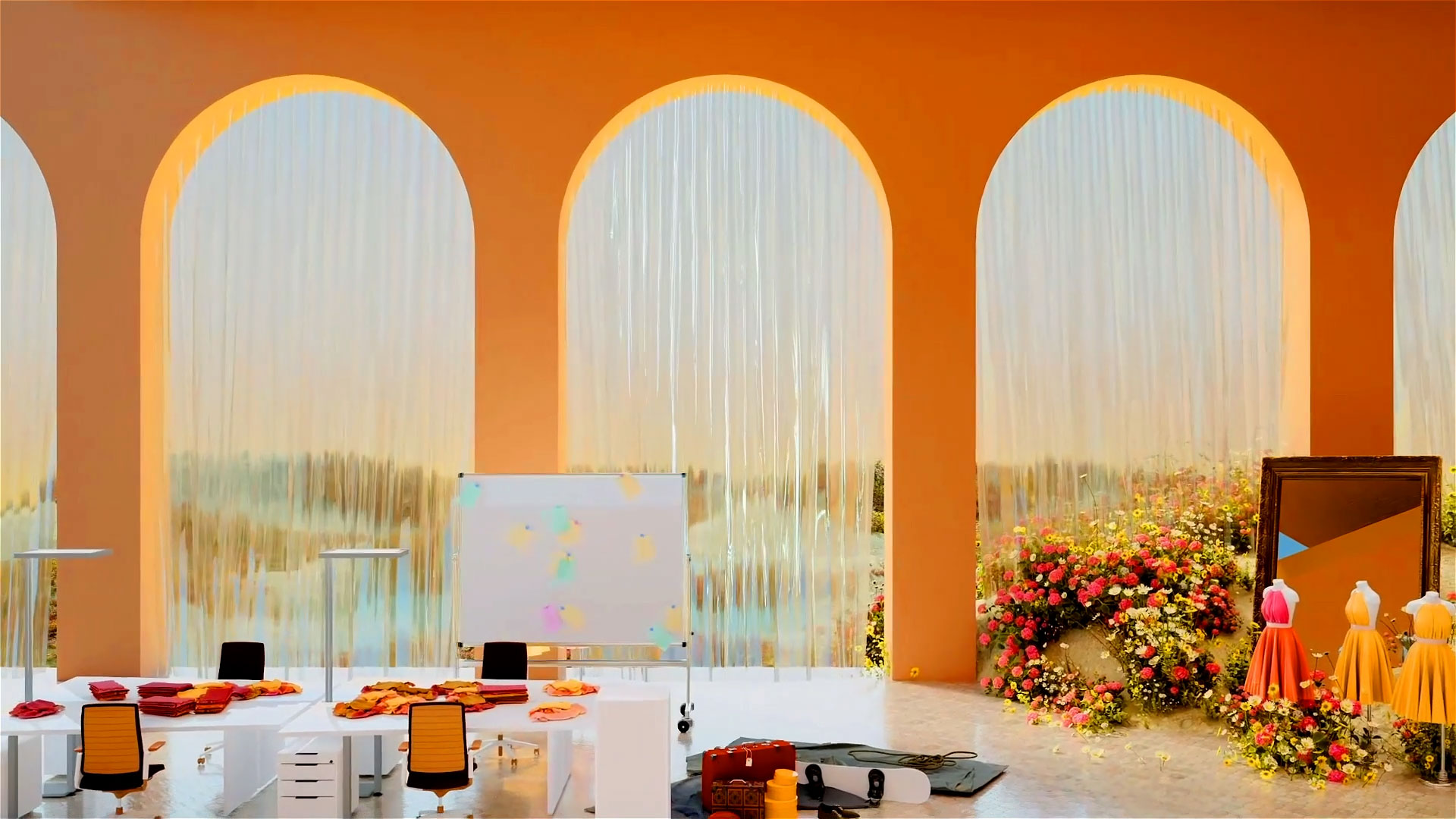Interview with Qihang Fan | the Multidisciplinary Designer with a Passion for Technological Advancement

Interview with Lee Nordbye | An Award-Winning Landscape Photographer, Speaker & Teacher
July 9, 2024
Shenye Taifu Luohu Lake City Meeting Room: Modern and Classic Elements in Interior Design
July 9, 2024Qihang Fan
Qihang Fan is a multi-award-winning multidisciplinary designer, an independent developer, and a product owner. His avid passion for technological advancements has furnished him with an extensive software repertoire, encompassing graphic design to 3D production, along with expertise in programming languages such as JavaScript, C#, and Python.
Hey! I'm Qihang Fan. I'm an award-winning multidisciplinary designer, an independent developer, and a product owner, dedicated to crafting experiences that embody inclusiveness, enjoyment, and innovation. With a solid foundation in architectural design, I have honed an astute appreciation for user experience and the dynamics of spatial interaction.
I have studied architecture, product design, interaction design, and user experience design. I am passionate about emerging technologies and utilise a multidisciplinary design approach to discover opportunities and develop creative solutions.
By integrating engineering, design, prototyping, and consumer electronics, I generate ideas and stories through rapid iterative prototyping, focusing on creating functional and thoughtful experiences.
To me, design is fundamentally about sharing and communication. It's an expressive process through which I can reshape and translate the knowledge and insights I acquire into tangible products. This transformation of complex concepts into accessible and engaging formats allows people to naturally absorb knowledge and information as they interact with the design.
Whether it's a digital interface, a physical product, or an immersive environment, each design is a journey that guides users toward deeper understanding and appreciation. By thoughtfully crafting these journeys, I aim to facilitate a seamless and intuitive interaction where the learning happens subconsciously as part of the user experience.
In this way, design serves as a bridge, connecting human experience with innovation and knowledge, making learning an integral and enjoyable part of everyday interactions.
Traditional 2D diagrams and renderings often fall short of capturing the richness of fashion concepts and architectural experiences. To remedy this, easily accessible via a web browser, it offers users a seamless 3D immersive experience without needing specialised VR technology.
This platform allows users to explore spatially and discover design features from a macro perspective, appreciating the intricate miniatures, to a micro level where they can engage with nuanced interactions and dynamic textures.
It immerses users into a nonlinear upcycling handicraft workflow tailored to each architectural miniature spatial concept, which makes architectural designs more tangible, interactive, and accessible to a wider audience.
Four Typologies results from the literature review on contemporary fashion factories and upcycling workflows. The experimental website focuses on creating a digital platform that mirrors the nonlinear, iterative nature of fashion design. The platform's design considers the seven-phase up-cycling process, facilitating the exploration and visualisation of these stages interactively.
By deviating from traditional linear presentations, it aligns with the dynamic, human-centric processes in fashion, thus redefining how factory typologies and spaces are represented and understood in a digital context, making the experience more aligned with the real-world challenges and workflows of fashion designers.
Winning this award is an extraordinary honour that holds significant meaning for me as an independent developer. It is not just a recognition of the hard work and dedication I have put into my projects. This accolade prominently showcases my website and the innovative work I've been doing, serving as a powerful tool in enhancing my reputation within the industry.
Furthermore, this award greatly benefits my personal branding, amplifying my visibility and credibility as a designer. Most importantly, this award celebrates and brings into focus the significance of inclusive design. It underscores our responsibility as designers to consider all users, creating products that are usable and enjoyable for people with diverse abilities.
This recognition motivates me to continue pushing the boundaries, ensuring that every design decision I make contributes to a more inclusive world.
Four Typologies is an interactive website that presents a new way of looking at fashion and architecture design. The website immerses users into a nonlinear up-cycling handicraft workflow tailored to each intricate architectural miniature. Users can zoom out for a broad view of miniature overviews or zoom in to experience the fine details and engage with nuanced interactions.
The website interaction makes architectural designs and fashion concepts more tangible, interactive, and accessible. More importantly, it celebrates the human touch under the current industrial mechanisation trends.
Winning this award serves as a profound validation of my work and approach to design, particularly my commitment to inclusive design. It recognises the innovative and user-centric solutions I've developed, affirming that my efforts are on the right track. This kind of recognition is invaluable for reinforcing my beliefs in the principles I apply to my work.
This award not only celebrates my past achievements but also propels me toward future endeavours. It motivates me to continue exploring and implementing cutting-edge design practices. With the confidence gained from this recognition, I plan to tackle more ambitious projects and further my development as a leader in the field of design.
I hope that this award can inspire other designers to embrace and prioritise inclusive design in their work. By demonstrating that such initiatives are recognised and valued, I aim to influence the industry toward more universally accessible and user-focused design solutions.
In the evolving digital landscape, the advent of NFTs has introduced a new dimension of authenticity. The product in focus offers a specialised format for NFT architectural endeavors. Four typologies deliver an unparalleled interactive experience, symbolising contemporary architectural appreciation.
It highlights a forward-thinking approach and unwavering commitment to genuine ownership, allowing users exclusive rights to digital architectural masterpieces. In essence, this innovation is transforming how architectural designs are engaged with and owned in today's digital age.
My key to success has always been persistence. In the world of design, challenges and setbacks are part of the journey. The ability to persevere through difficulties, to continually push forward despite obstacles, is what separates those who succeed from those who do not.
Success in design isn't about having a string of uninterrupted victories but about enduring the failures and learning from them. Each challenge is an opportunity to refine your craft and strengthen your resolve.
Alongside persistence, consistent practice is indispensable. Design is a skill honed over time with dedication and continuous effort. Practicing your craft regularly is crucial to developing a deep understanding and mastery of design principles.
This consistent effort builds your skills incrementally, leading to breakthroughs and innovations that can significantly advance your career.
To all aspiring designers, remember that your journey will be unique and filled with its own set of challenges. Embrace them. Let your passion drive you, but ground your work with persistence and practice. Stay curious, remain patient, and be relentless in your pursuit of excellence.
Success in design does not come from what you do occasionally but from what you do consistently. Keep pushing the boundaries of what you know, and always strive to expand your capabilities. And most importantly, enjoy the process.
Winning Entry
Four Typologies | 2024 London Design Awards
Four Typologies is a responsive interactive media website that introduces innovative decentralised and localised Garden Fashion Factory Typologies. These designs evoke a sense of humanity and stand in opposition to the trends of industrial mechanisation... (read more here.)
Qihang Fan
Qihang Fan is a multi-award-winning multidisciplinary designer, an independent developer, and a product owner. His avid passion for technological advancements has furnished him with an extensive software repertoire, encompassing graphic design to 3D production, along with expertise in programming languages such as JavaScript, C#, and Python.
Read about the interview with Saurabh Rathi | A Multi-Disciplinary Designer with an Engineering Background here.




